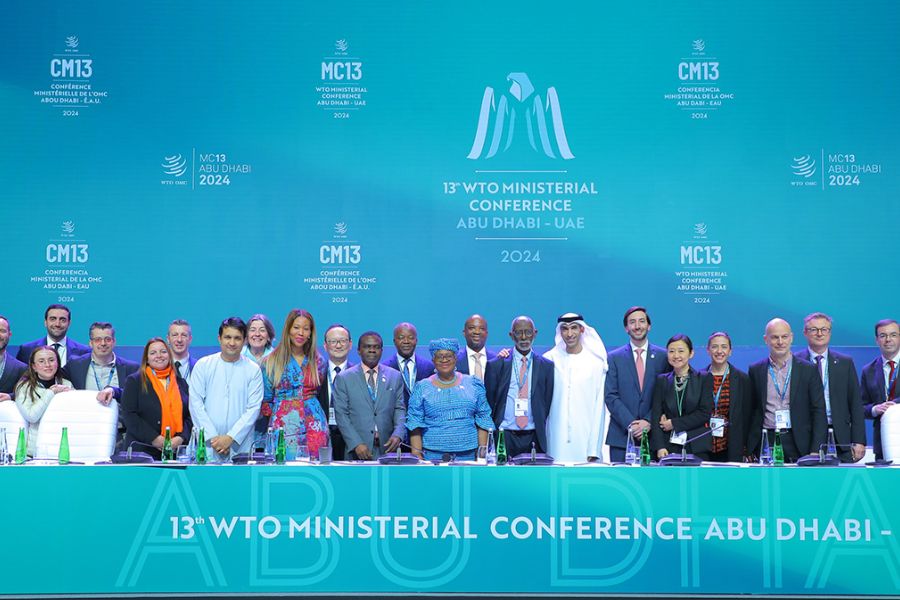India to push sectors in becoming global manufacturing hubs
India will soon determine approximately twelve sectors to transform into global manufacturing hubs, according to officials. The Niti Aayog is actively engaged in the process of identifying these sectors, assessing their export potential, and formulating corresponding strategies.

Image Credit: Shutterstock
India, one of the world’s fastest-growing economies, is gearing up to identify and nurture a dozen sectors to transform into global manufacturing hubs. This ambitious plan, spearheaded by the government and Niti Aayog, reflects India’s commitment to establishing itself as a global manufacturing powerhouse. The initiative aims to boost exports, create jobs, and enhance the ease of doing business in the country.
Niti Aayog, India’s premier think tank, is leading the charge in this endeavour. Officials have revealed that a comprehensive exercise is underway to identify these promising sectors, assess their export potential, and recommend strategies for their development. The goal is to provide targeted support to these sectors, helping them scale up production and meet international demands.
The Niti Aayog will commission a detailed study in this regard. While the final list of sectors is expected to be formulated in the next four months, several industries are already under consideration for policy interventions. Cement, steel, and certain consumer-related industries that are not covered under the production-linked incentive (PLI) schemes have emerged as potential candidates for government support.
An anonymous official explained the purpose of this exercise, stating, “The idea is to analyze around 10-12 manufacturing sectors of the economy and map them with the global trends. This will help establish their growth potential.” This evaluation will identify the industrial capabilities of the country and the challenges these sectors face in becoming global manufacturing centres.
Once these sectors are identified, the government will extend support in the form of infrastructure development, including efficient transportation, reliable power supply, and robust digital connectivity. Furthermore, existing policies and trade agreements will be revisited, and regulatory and tax structures will be adapted as necessary to foster manufacturing in these chosen sectors.
The underlying belief is that India’s vast demographic dividend, skilled workforce, and robust economic growth make it an attractive destination for global manufacturers. By focusing on these key sectors, the government seeks to capitalize on these strengths.
The journey towards establishing India as a global manufacturing hub dates back to 2014 when the government launched the Make in India initiative. This program aimed to encourage investment, promote innovation, build top-notch infrastructure, and position India as a hub for manufacturing, design, and innovation. With Make in India 2.0, the government is currently concentrating on 27 sectors through various ministries and departments, seeking to create a conducive environment for manufacturing growth.
In addition to these initiatives, the government introduced PLI schemes for 14 crucial sectors, with a substantial incentive outlay of ₹1.97 lakh crore. These schemes are designed to enhance India’s manufacturing capabilities and exports, strengthening the nation’s position on the global manufacturing stage.
The government has also implemented several complementary programs to facilitate manufacturing growth further. The Industrial Corridor Development Programme, which focuses on creating world-class industrial infrastructure, aims to enhance manufacturing capabilities. The Ease of Doing Business initiative streamlines bureaucratic processes, simplifies regulatory frameworks, and reduces red tape to make it easier for businesses to operate in India.
The National Single Window System simplifies the clearance processes for goods at ports and airports, reducing delays and costs for manufacturers. The PM GatiShakti National Master Plan integrates various modes of transportation and infrastructure development to improve logistics and connectivity, thereby promoting manufacturing efficiency.
India’s plan to identify and support a select group of sectors with the potential to become global manufacturing hubs is a significant step toward achieving the country’s manufacturing ambitions. With the government’s commitment to infrastructure development, policy refinement, and regulatory ease, India is on track to leverage its strengths and position itself as a top global manufacturing destination. The nation’s journey to becoming a manufacturing giant is well underway, and the future looks promising for both India and the global manufacturing landscape.













Leave a comment